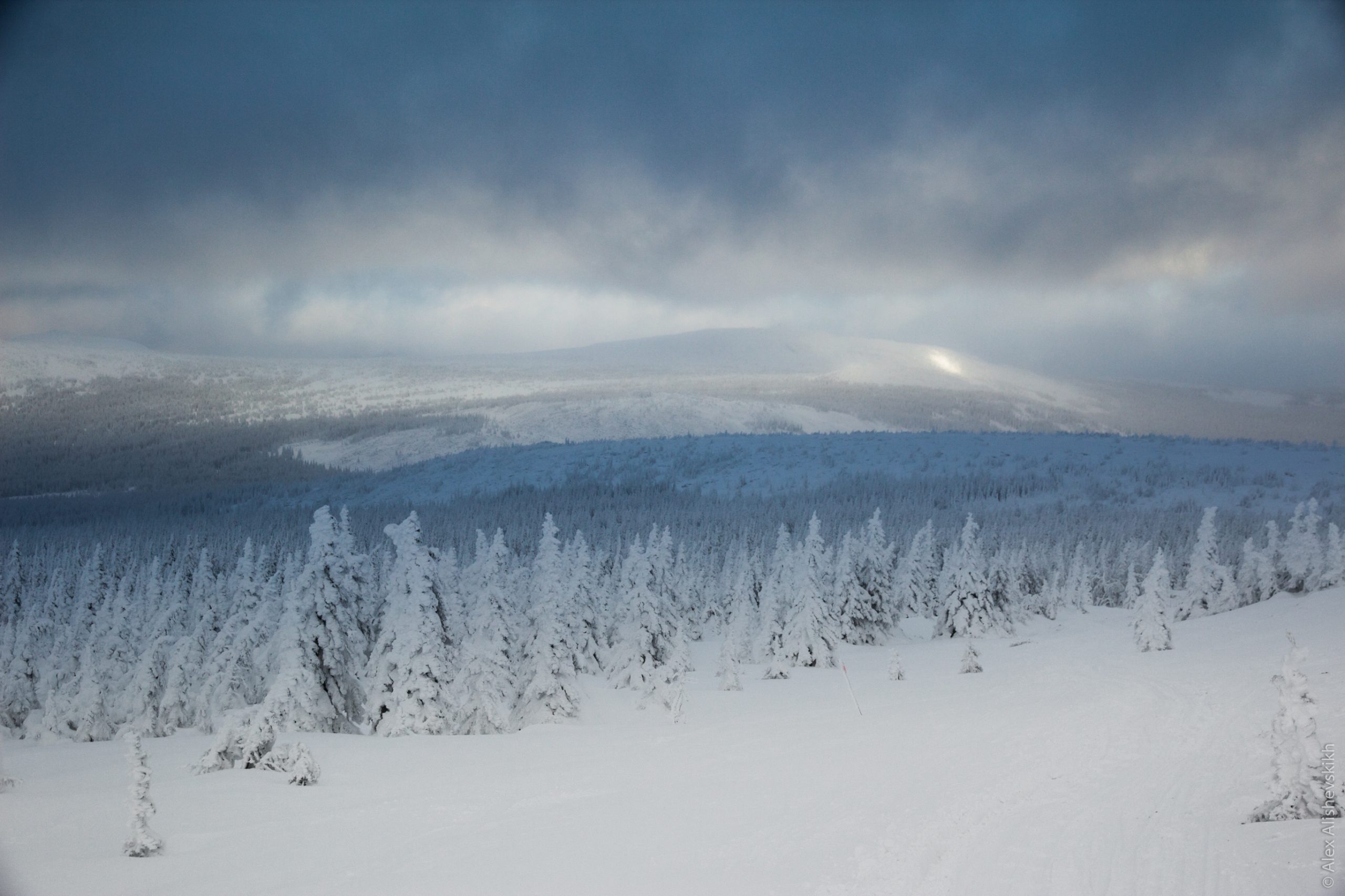Why are Ural Mountains So Prominent?
Exploring the Beauty of the Ural Mountain Range
Ural Mountains significance

The Ural Mountains, often referred to simply as the Urals, hold a special place in the geographical and historical landscape of the world. Stretching across Russia and Kazakhstan, these mountains have played a significant role in shaping. The Physical features of the region and also its cultural and economic aspects. In this blog post, we will delve into the reasons behind the prominence of the Ural Mountains. Exploring their geological origins, unique characteristics, and the impact they’ve had on the surrounding regions.
Geological Origins
The Ural Mountains have a fascinating geological history that dates back millions of years. Understanding their geological origins is crucial to comprehending their prominence. These mountains were formed during the late Paleozoic era, approximately 300 to 250 million years ago. They are classified as a “young” mountain range in geological terms, yet they hold immense significance.
Geological Formation
The Ural Mountains were created as a result of the collisions. Between the eastern edge of the European continental plate and the western edge of the Asian continental plate. This collision led to intense tectonic activity. Including the uplifting and folding of rock layers, which ultimately gave birth to the Ural Mountains. The mountains run roughly north to south for about 2,500 kilometers. It is effectively serving as a natural boundary between Europe and Asia.
Unique Characteristics
Several unique characteristics make the Ural Mountains prominent in the world of geography and geology. Here are some key features that set them apart:
Natural Divide:
The Ural Mountains act as a natural divide between two continents, Europe and Asia. This division has significant implications for the study of biogeography, climate, and cultural influences in the region.
Rich in Minerals:
These mountains are renowned for their rich deposits of valuable minerals. They have been a major source of various ores, including iron, copper, and gold, which have played a crucial role in the development of Russia’s industrial sector.
Biodiversity:
Despite their harsh climate and rugged terrain, the Ural Mountains are home to a diverse range of flora and fauna. The unique ecological niches found in the region make it a subject of interest for biologists and conservationists.
Cultural Significance:
The Ural Mountains have deep cultural significance for the people of Russia. They are associated with folklore, myths, and legends, making them an integral part of the country’s cultural identity.
Economic Impact
The economic importance of the Ural Mountains cannot be overstated. The rich mineral resources found in the region have been a driving force behind the Russian economy for centuries. Here’s a closer look at their economic impact:
Mining Industry:
The Ural Mountains are also referred as the “Treasure House of Russia” due to their vast mineral wealth. The mountains have been a major source of iron, coal, and other minerals, powering Russia’s industrialization.
Metallurgy:
The region’s abundant iron ore has fueled a thriving metallurgical industry. The Ural Mountains have been at the heart of Russia’s steel and metal production for generations.
Energy Resources:
In addition to minerals, the Ural Mountains are rich in energy resources such as oil and natural gas. These resources play a vital role in meeting Russia’s energy needs and are a significant export.
Transportation Hub:
The Ural Mountains significance is a crucial transportation hub, with major roads, railways, and pipelines passing through the region. This geographical advantage has facilitated trade and economic development.
Cultural Significance
The Ural Mountains hold a special place in the hearts and minds of the Russian people. They are not just a geological feature but a symbol of endurance, tradition, and folklore. Here’s a glimpse into their cultural significance:
Folklore and Myths:
The Ural Mountains are steeped in folklore and myths. They are often depicted in Russian fairytales and legends, adding to their cultural mystique.
Traditional Crafts:
The indigenous peoples of the Urals have a rich tradition of craftsmanship. Their skills in metalworking, woodworking, and textiles have been passed down through generations and are an integral part of the region’s culture.
Historical Significance:
The Ural Mountains have witnessed key moments in Russian history, including the development of the Siberian trade routes, the exile of political dissidents, and the construction of the Trans-Siberian Railway.
Conclusion
In conclusion, the prominence of the Ural Mountains can be attributed to a combination of geological, geographical, economic, and cultural factors. Their unique location, rich mineral deposits, and cultural significance have made them an enduring symbol of Russia’s history and identity. These mountains continue to play a pivotal role in shaping the region’s landscape, economy, and culture, ensuring that their prominence endures for generations to come.




